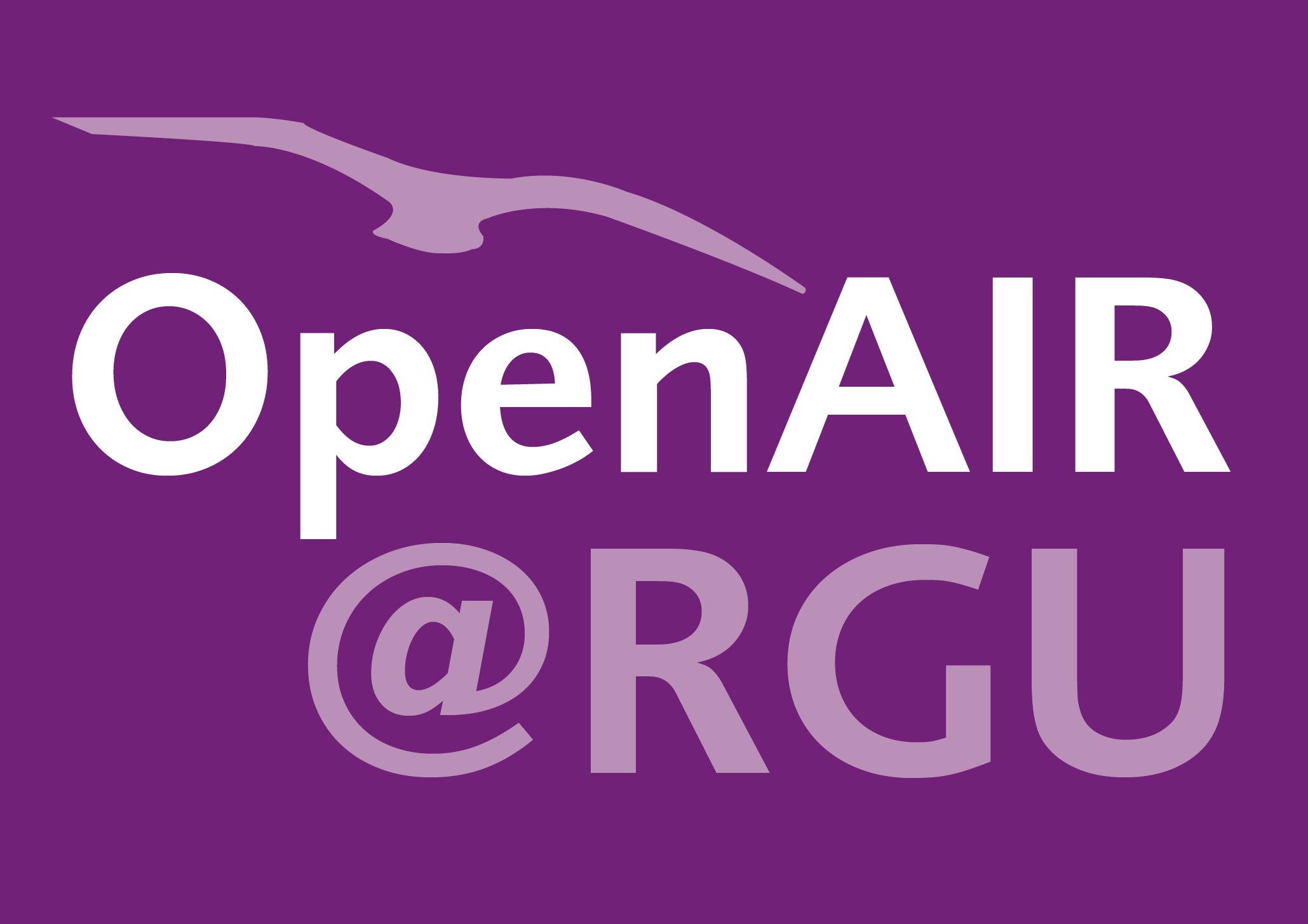Richard O. Afolabi
A new approach to predictive modelling of flow of hydrophobically associating polyacrylamide polymers in porous media.
Afolabi, Richard O.
Authors
Contributors
Dr Gbenga Oluyemi g.f.oluyemi@rgu.ac.uk
Supervisor
Simon Officer
Supervisor
Johnson O. Ugwu
Supervisor
Abstract
Associative polymers provide a high resistance factor due to their thickening effect. However, the high resistance factor may simply reflect pore plugging in the porous media. This offers a significant limitation for the deep propagation of the beneficial effect of viscous thickening arising from associative interactions of the polymer molecules. Consequently, sustaining this beneficial effect of associative interactions remains an active area of research. In this work, a novel predictive approach was developed for quantitative mapping of the various retention mechanisms and flow regimes connected with the transport of hydrophobic interactions in associative polymers. As a result, the methodology for this research work was developed in three stages. Firstly, a novel dimensionless variable was defined for quantifying hydrophobic interactions between associative polymer molecules. This was achieved with the knowledge of the critical aggregation concentration of the polymer molecules. Secondly, the structural kinetic theory was adopted in mapping static to dynamic retention in the porous media. This was achieved by relating the characteristic time scale for static and dynamic retention to the variation in polymer and reservoir properties, thus making it possible to correlate static retention results to large-scale dynamic retention with minimal fitting parameters. In this predictive model, the in-situ entrapment was linked to the effective pore radius and the hydrodynamic size of the polymer molecules. Thirdly, a similar structural kinetic theory was employed for the quantitative description of hydrophobic interactions under shear thinning, shear thickening, and shear degradation flow regimes in the porous media. Likewise, the degradation of hydrophobic interactions was predicted based on the individual expressions for the different flow regimes. Finally, an optimization approach was developed to sustain hydrophobic interactions in the porous media by combining the predictive models for hydrophobic interactions lost to polymer retention and the hydrophobic interactions gained due to elongation effects in the porous media. The research findings showed that the hydrophobic interactions lost to different retention mechanisms play a significant role in pore damage. The proportion of hydrophobic interactions lost to polymer retention at 25 ℃ varied from 0.04 to 0.56 for polymer concentrations from 50 to 1,000 ppm. This amounted to an estimated damaged pore volume ranging from 0.21 to 0.46 PV and a porosity reduction from 0.364 to 0.19. The quantitatively mapped adsorption accounted for 99.9, 98.5 and 91.5 % of the total damaged pore volume for 300, 500 and 750 ppm, respectively, while entrapment amounted to 0.1, 1.5 and 8.5 % of the damaged pore volume. The optimized condition for hydrophobic interactions in a porous media was obtained when the correction factor related to the net hydrophobic interactions lost to polymer retention and the net hydrophobic interactions gained from elongation effects was unity (ω! = 1). As a result, the optimized polymer concentrations at 25 ℃ for 1, 3 and 6 mL/min were 420, 560 and 740 ppm, respectively. The observed outcomes imply that the hydrophobic interactions lost to the retention and gained due to elongation thickening in the porous media play a significant role in the sustainability of these interactions in porous media. Furthermore, the optimization approach enabled further sustainability of hydrophobic interactions deep into the porous media by ensuring that the net hydrophobic interactions lost to retention were equally gained from the elongation thickening effect, thus ensuring pre-injection levels hydrophobic interactions can be maintained deep in the porous media. This research outcome gives a new insight into the proper planning, design, and optimisation of associative polymers for oil recovery operations.
Citation
AFOLABI, R.O. 2022. A new approach to predictive modelling of flow of hydrophobically associating polyacrylamide polymers in porous media. Robert Gordon University, PhD thesis. Hosted on OpenAIR [online]. Available from: https://doi.org/10.48526/rgu-wt-2929062
| Thesis Type | Thesis |
|---|---|
| Deposit Date | Jul 17, 2025 |
| Publicly Available Date | Jul 17, 2025 |
| DOI | https://doi.org/10.48526/rgu-wt-2929062 |
| Keywords | Associative polymers; Polyacrylamide; Hydrophobic interactions; Porous media; Predictive modelling |
| Public URL | https://rgu-repository.worktribe.com/output/2929062 |
| Award Date | Apr 30, 2022 |
Files
AFOLABI 2022 A new approach to predictive
(8.5 Mb)
PDF
Licence
https://creativecommons.org/licenses/by-nc/4.0/
Copyright Statement
© The Author.
You might also like
Transport of nanoparticles in porous media and associated environmental impact: a review.
(2024)
Journal Article
Downloadable Citations
About OpenAIR@RGU
Administrator e-mail: publications@rgu.ac.uk
This application uses the following open-source libraries:
SheetJS Community Edition
Apache License Version 2.0 (http://www.apache.org/licenses/)
PDF.js
Apache License Version 2.0 (http://www.apache.org/licenses/)
Font Awesome
SIL OFL 1.1 (http://scripts.sil.org/OFL)
MIT License (http://opensource.org/licenses/mit-license.html)
CC BY 3.0 ( http://creativecommons.org/licenses/by/3.0/)
Powered by Worktribe © 2025
Advanced Search
